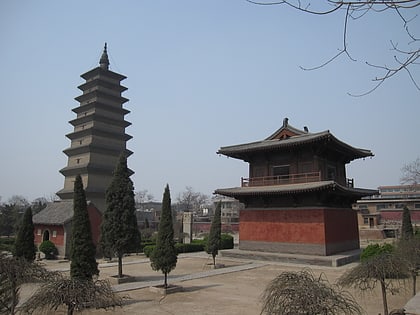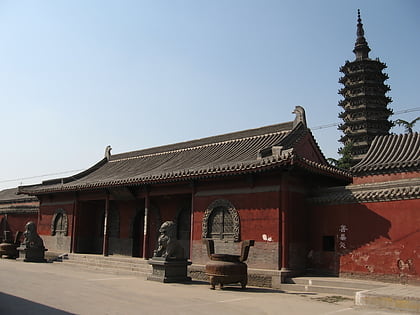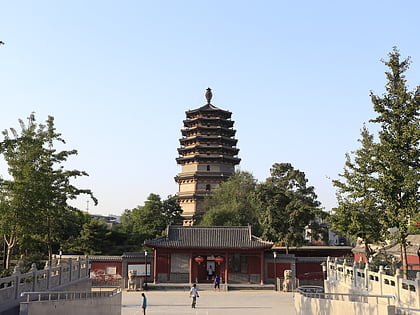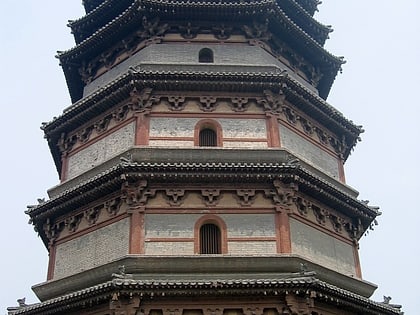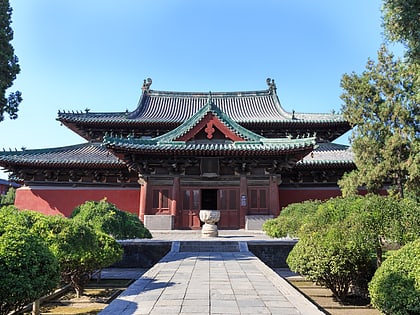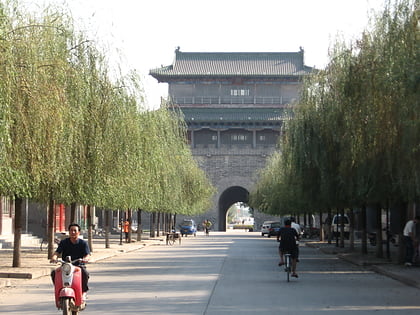Xumi Pagoda, Shijiazhuang
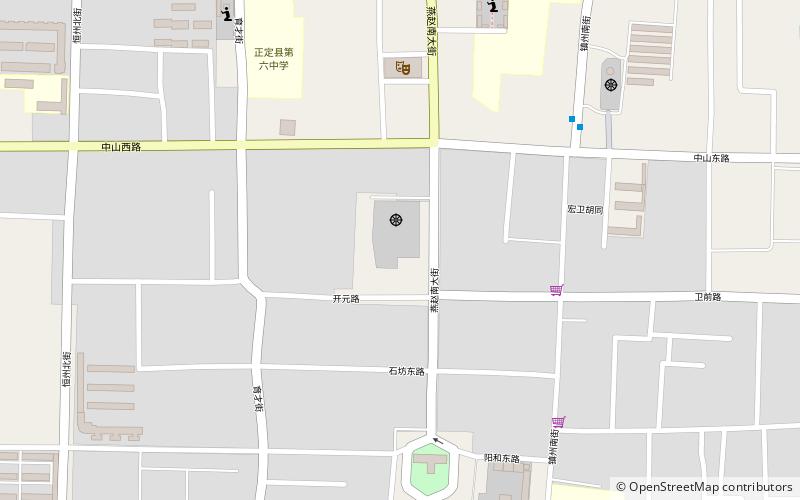
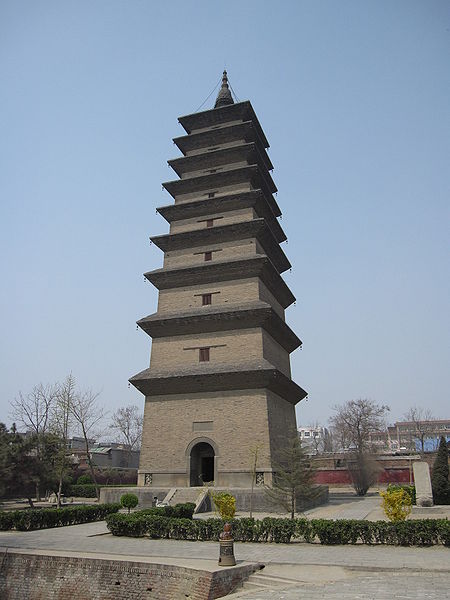
Facts and practical information
Nestled in the bustling city of Shijiazhuang in China's Hebei province, the Xumi Pagoda stands as a serene testament to the region's rich Buddhist heritage. This ancient temple, a cultural gem, has withstood the test of time, offering visitors a glimpse into the spiritual and architectural traditions of China's past.
The Xumi Pagoda, constructed during the Tang dynasty, is a remarkable example of the era's stone architecture. It is characterized by its octagonal structure, which rises elegantly against the backdrop of the city's modern skyline. The pagoda's name, Xumi, is derived from the Buddhist concept of Sumeru, the mythological mountain considered the center of the universe in Buddhist cosmology.
This revered site has endured through centuries, surviving natural disasters and the wear of time, to remain an enduring symbol of devotion and tranquility. The temple's intricate carvings and statues stand as a tribute to the skilled artisans who crafted them, their work preserving the teachings and stories of Buddhism for future generations.
Visitors to the Xumi Pagoda can explore the grounds and marvel at the ancient craftsmanship. The pagoda itself serves not only as a historical monument but also as a vantage point, offering panoramic views of Shijiazhuang and the surrounding countryside.
The Xumi Pagoda is more than just a monument; it is a place of pilgrimage for Buddhists and a site of cultural pride for the people of Shijiazhuang. It remains open to the public, inviting those who seek to connect with China's ancient past and experience the peaceful ambiance that the temple exudes.
Shijiazhuang
Xumi Pagoda – popular in the area (distance from the attraction)
Nearby attractions include: Linji Temple, Zhengding County, Lingxiao Pagoda, Longxing Temple.
Frequently Asked Questions (FAQ)
Which popular attractions are close to Xumi Pagoda?
How to get to Xumi Pagoda by public transport?
Bus
- Zhengding Coach Terminal (31 min walk)
